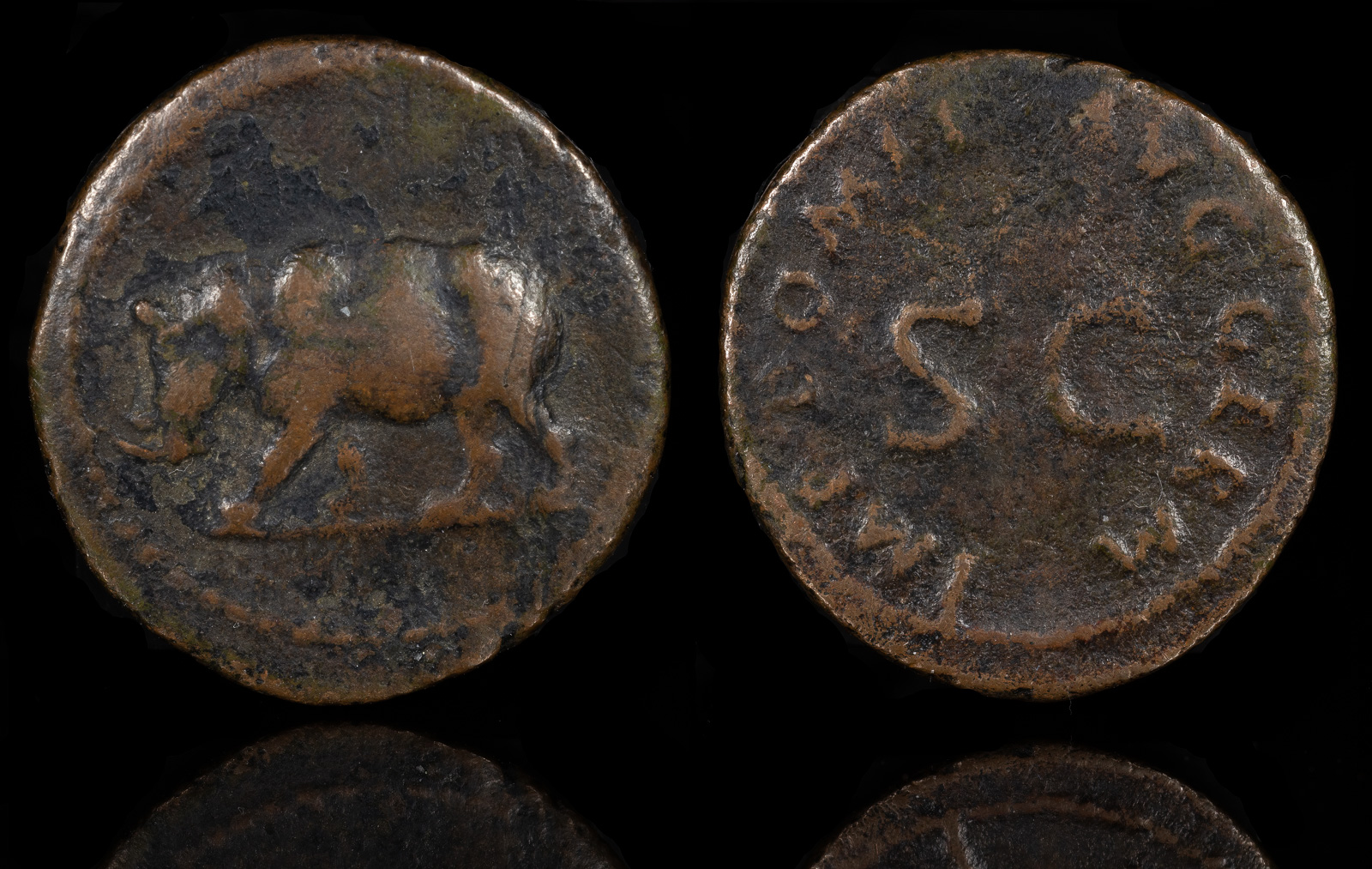Rhinoceros
View All Tags
The first recorded encounters with rhinoceroses by the Romans came through the writings of ancient historians and naturalists. Pliny the Elder, in his Natural History (1st century CE), mentions the rhinoceros, describing its appearance and the awe it inspired in those who saw it. Pliny’s accounts, though not always entirely accurate, were among the first to detail the rhinoceros’s unique physical features, including its large, thick skin and the prominent horn on its snout.
Rhinoceroses were considered a marvel in ancient Rome, and their rarity made them a symbol of exoticism and power. They were often brought to the Empire as part of royal gifts or as trophies from military conquests, particularly in the East and North Africa. Emperor Augustus, for example, was said to have showcased rhinoceroses in the arena for public spectacles, such as animal hunts or gladiatorial games, which were immensely popular in Roman entertainment. These animals were often displayed in amphitheaters, where the Roman populace would marvel at their strength and unusual appearance.

Domitian, Quadrans/Rhinoceros
16.92mm, 1.75g 84-85 CE
Obverse: Rhinoceros walking left
Reverse: IMP DOMIT AVG GERM around S C
RIC II 435; RIC II² 250 Rome